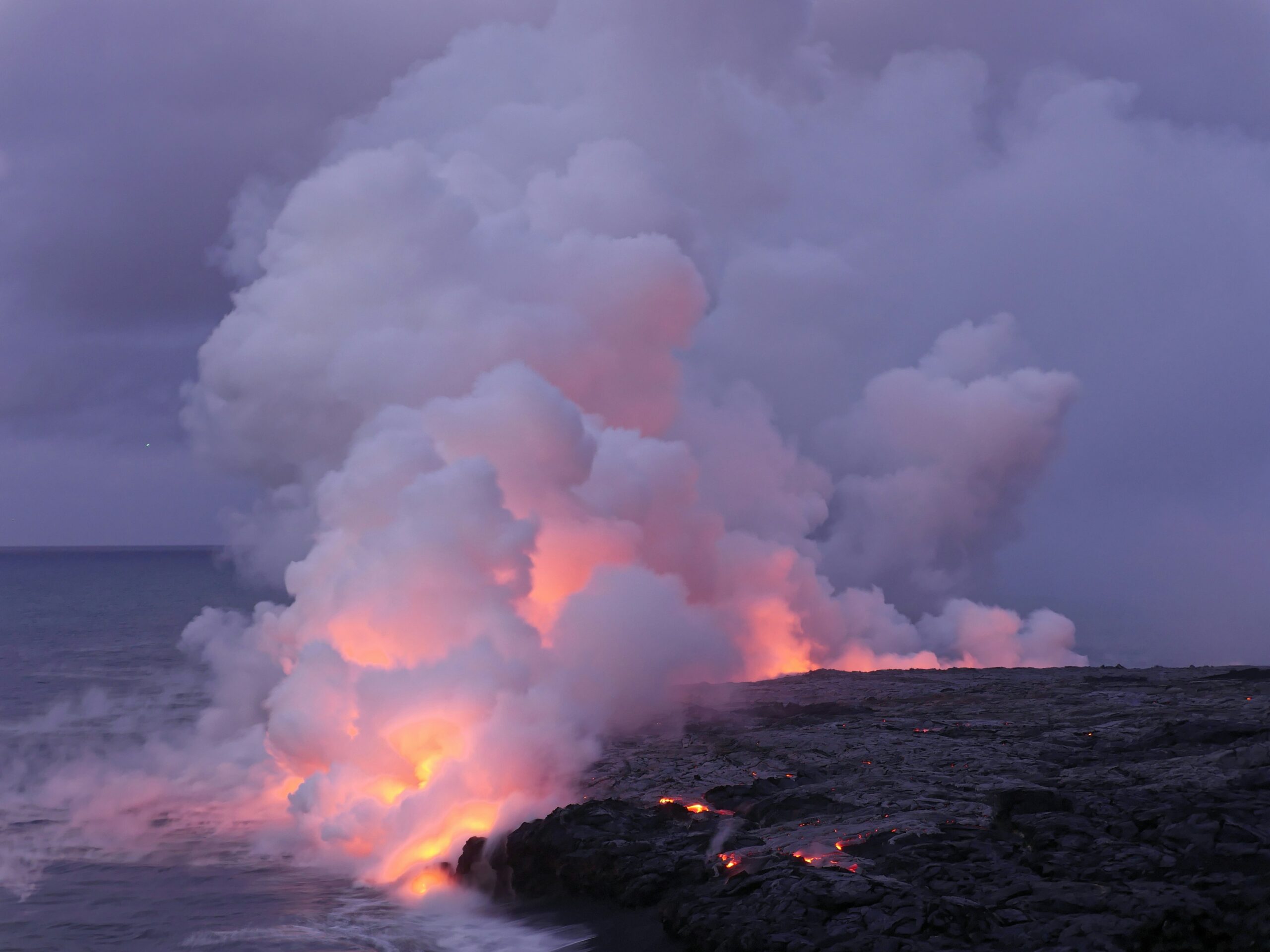Photo of volcanic activity at sea by Marc Szeglat
A massive underwater volcanic eruption in the South Pacific has devastated delicate deep-sea ecosystems, according to new research. The Hunga Tonga–Hunga Haʻapai eruption, which took place in January 2022, released a towering ash plume and generated dense underwater flows that blanketed hydrothermal vent communities in ash, suffocating many of the unique creatures that thrive there.
The discovery was made by Marcus Chaknova, a University of Oregon researcher, who was then an undergraduate when he joined a scientific expedition to investigate the aftermath of the eruption. Seafloor samples collected during the mission revealed ash layers up to 1.5 metres thick, covering a landscape that was previously teeming with life.
The Hunga eruption was the most powerful of the satellite era, launching material 60 kilometres into the atmosphere. Much of that ash eventually settled into the ocean and was transported by dense, fast-moving currents across the seafloor. These flows—likened to underwater avalanches—carved canyons, snapped undersea cables, and carried ash far beyond the eruption site.
Fragile ecosystems overwhelmed
The affected hydrothermal vent ecosystems, located hundreds of metres below the surface, are home to organisms that depend on chemosynthesis rather than sunlight. Microbes convert chemicals like methane and ammonia into energy, supporting food chains built around tube worms, anemones, and bacteria mats.
But the thick ash layer choked filter feeders and buried stationary organisms alive. Although mobile creatures attempted to escape, many were overwhelmed by the speed and extent of the sedimentation.
Chaknova described the ash as a mixture of razor-sharp and smooth particles, mostly under 100 microns in size. Lab analysis confirmed the material came from the walls of the Hunga volcano’s caldera, and not from surface lava—evidence that helps scientists trace the eruption’s underwater impact more precisely.
Ripple effects on the ocean surface
The eruption also caused short-term surface plankton blooms, followed by significant declines in productivity. Coral reefs near Tonga suffered damage, and subsistence fisheries—which support over 80% of households in Tonga—were disrupted by sediment and chemical changes in coastal waters.
The research, published in Geochemistry, Geophysics, Geosystems, involved 16 international scientists, with a focus on both geological and biological impacts. The team now hopes to use current models to predict how sediments move after deep-sea events—work that could inform how deep-sea mining and other human activities are regulated in the future.
A call for equitable science
Chaknova also stressed the need for collaboration with Tongan scientists, pushing back against the trend of “parachute science,” where foreign researchers collect data from developing nations without local input or benefit. Long-term partnerships, he argues, are essential to both ethical research and more accurate science.
This underwater disaster highlights the often-overlooked power of submarine volcanism, and its cascading effects across entire ecosystems—from the seafloor to fisheries and coral reefs. As researchers continue to assess the damage and monitor recovery, the event offers a rare and sobering case study in how Earth’s most extreme environments remain vulnerable to natural catastrophe.
